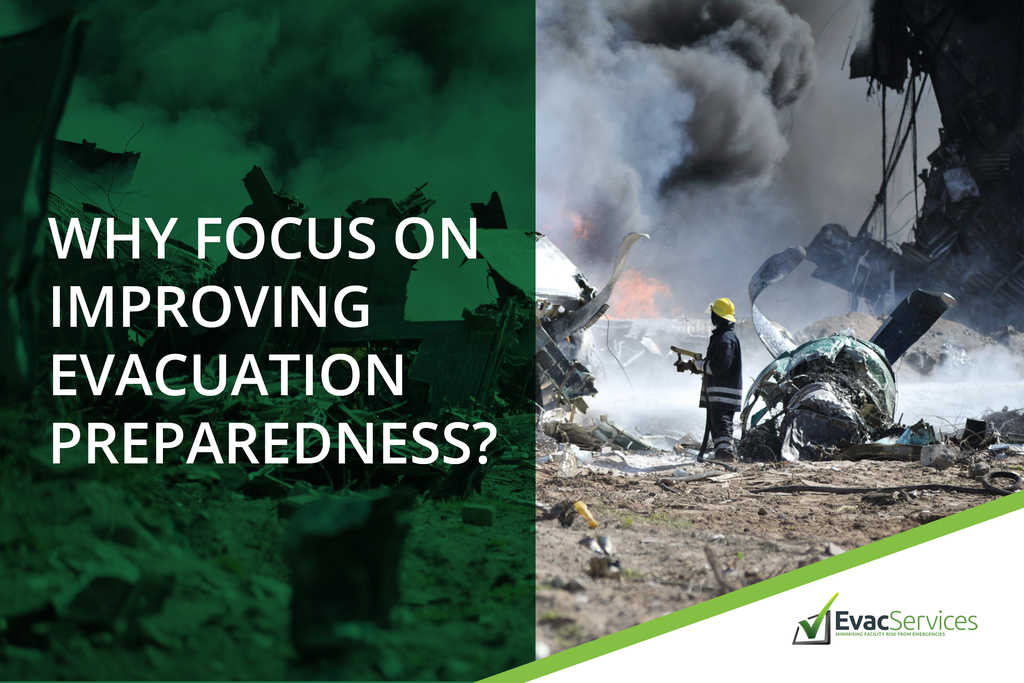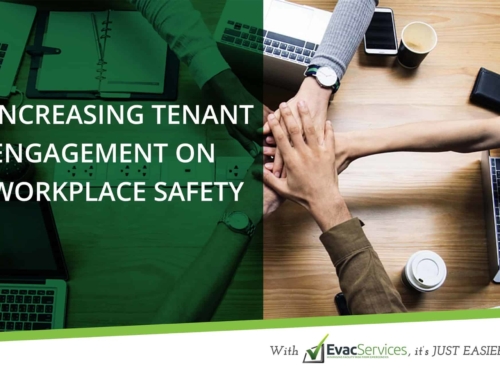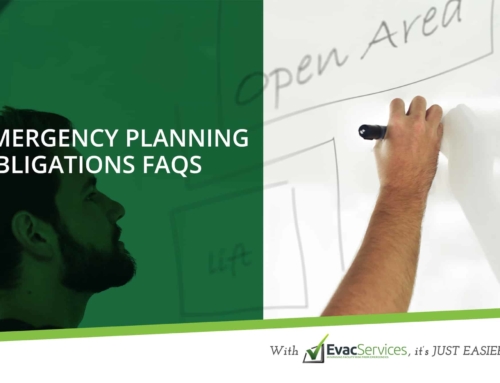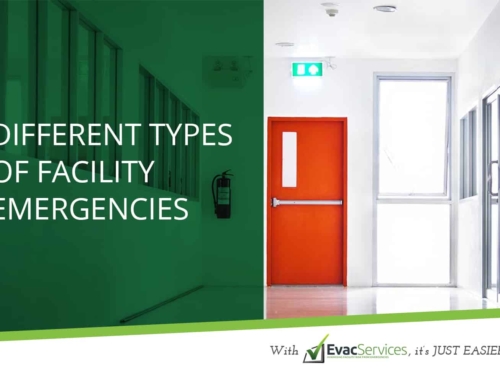Unrest is spreading across the world as threats of terrorism, natural disasters, fire, violence, and civil disturbance continue to rise. This frightening reality underscores the need for organisations in both the private and public sector to plan on how to ensure people’s safety and protection in the face of emergencies. Because these incidents can happen at any given point, evacuation preparedness must be a top priority now more than ever.
Planning for the unexpected
The Manchester bombing last Monday took the lives of 22 concert-goers, composed mostly of youngsters. This incident is a stark demonstration that an emergency can happen at the most unexpected time and place, to the most vulnerable people.
It could be at a company event, a regular day at work, and in this case, a concert. Anyone can be a victim in spite of age, gender, country of origin, or political belief.
Knowing the random nature of emergencies, is there a way to prepare for them? How can you protect and safeguard people in your care from dangers you cannot foresee?
Whether your workplace is an office, a hotel, or a hospital, you must have an evacuation plan to guide people on where to go and what to do in case of an emergency. This is not an option – it is a compliance obligation that you must meet according to Australian standards and regulations. These rules and regulations are put in place to ensure that all buildings and constructions meet safety requirements, not just for the protection of the property, but more for the security of the people in it.
Boost your evacuation preparedness by including the following elements in your plan:
- A clear chain of command – Be clear on the roles and tasks of the Emergency Control Organisation (ECO) and the Emergency Planning Committee (EPC).
- Evacuation signage and diagrams – Ensure that escape routes and evacuation diagrams are visible to tenants, and that exit routes are accessible.
- Assembly areas – The aim of an evacuation is to facilitate the safe exit of occupants from the site, and bring them to a safer, more secure location. Make sure that your assembly areas meet these guidelines.
- Warden training – Wardens play a fundamental role in the successful implementation of your evacuation plan and evacuation preparedness. Equip them with the necessary skills and training to help them perform their roles effectively.
- Training for general occupants – It is a requirement for all occupants to complete emergency response procedure (every year) and first attack firefighting training (every two years). Read this article for more information on training requirements.
- Evacuation exercises – Evacuation exercises must be done regularly to gauge the effectiveness of the evacuation plan. It will also prepare tenants and occupants on what to do in the face of real life emergencies.
Safeguarding businesses through evacuation preparedness
The spreading unrest is also hurting businesses and industries all over the world. Companies are losing resources and assets due to damages from emergencies. Apart from the physical and structural loss, businesses could also suffer from reputational damages when they fail at handling and containing emergency situations. All these further contribute to the growing need for emergency planning and evacuation preparedness to promote safety.
Company owners must be at the forefront of this initiative. A positive safety culture starts from the top and can only influence the entire organisation through the support of senior level management.
While they lead the way, company owners do not hold the sole responsibility of keeping the workplace safe. Facility managers, tenant managers, wardens, and individual tenants all have a role to play to ensure safety.
Promoting a culture of safety with emergency planning
A positive safety culture is not just paperwork. It is not just a trophy that you can brandish to attract customers. Employees deserve to work in a safe environment, free from physical, emotional and mental harm. It is every employer’s legal obligation to provide a safe workplace for their human resources.
Companies that aim to strengthen their safety culture should include evacuation preparedness as part of their targets. Considering the complexities surrounding emergencies, this initiative cannot be fully accomplished by in-house resources. Hence, more and more companies are hiring experts to help them improve fire safety and emergency planning. Experts can also assist in identifying compliance gaps and proposing action plans to meet legislative requirements.
But do not fall into the trap of doing things merely for the sake of compliance. Remember that the primary purpose of emergency planning is to protect and uphold the safety of people within your facility.
No better time than now for evacuation preparedness
We live in a dangerous world, where the truth paints a bleak picture. There are threats and risks no matter where you are. But contrary to popular belief, the ones who survive and rise above adversities and emergencies are not necessarily the strongest. The people who make it through are those who planned for the unexpected.
There is no better time than now to promote workplace safety and evacuation preparedness within your facility. As a manager, you have the ability and power to influence your organisation to act on safety.
Start by identifying compliance gaps and ways to meet your obligations. Be familiar with risks and threats within your facility, and develop an emergency plan around them. Seek the help of experts to advise you on what else you can do to protect people and minimise risks from emergencies. The sooner you begin, the more prepared you will be.
Here’s a free questionnaire to get you started on bringing your facility up to compliance.







Leave A Comment